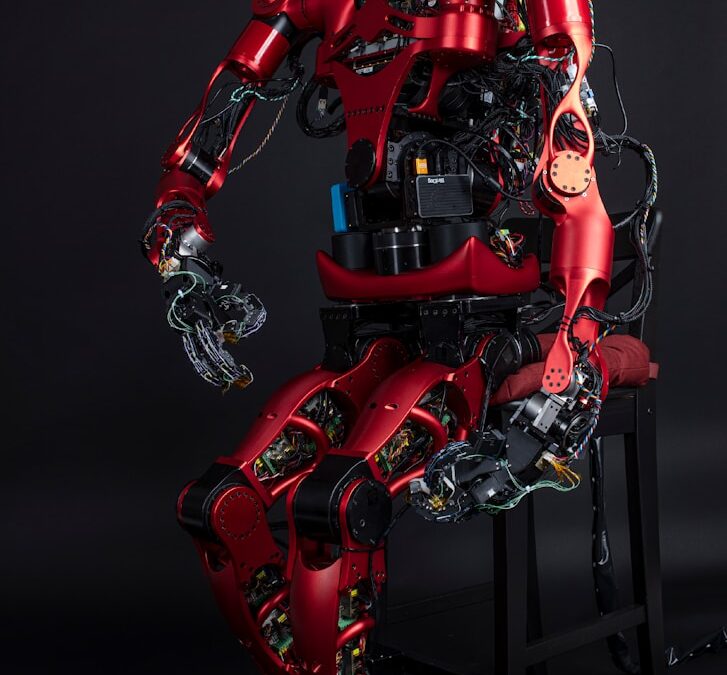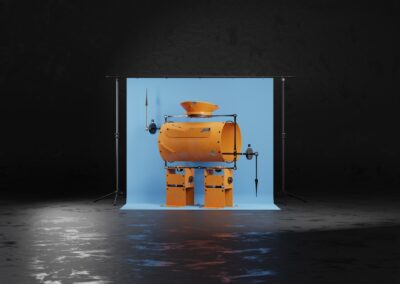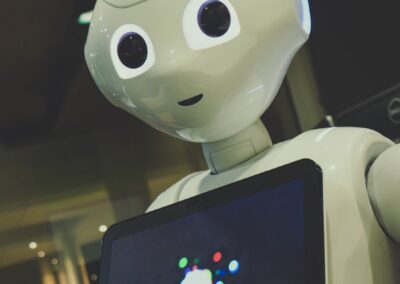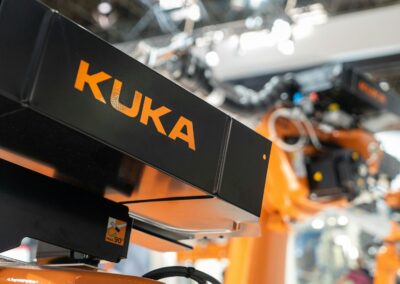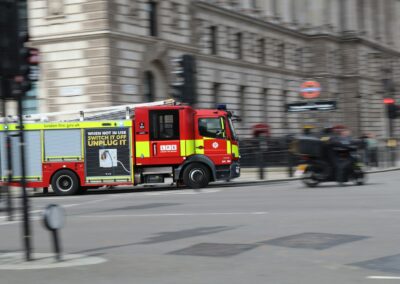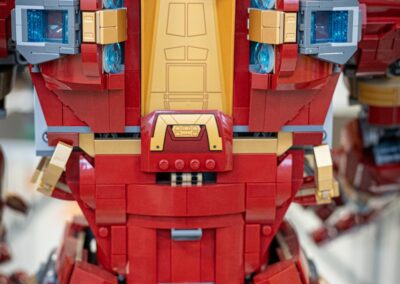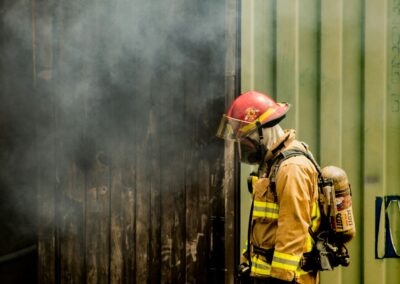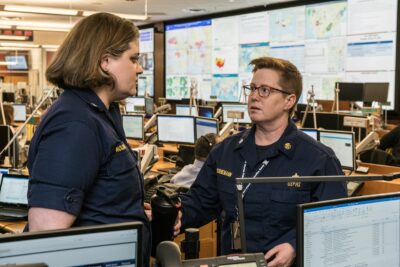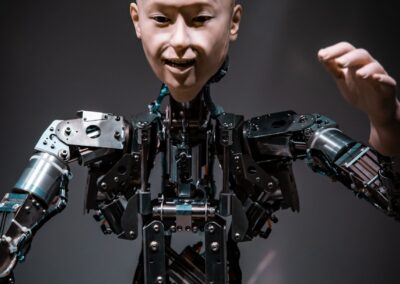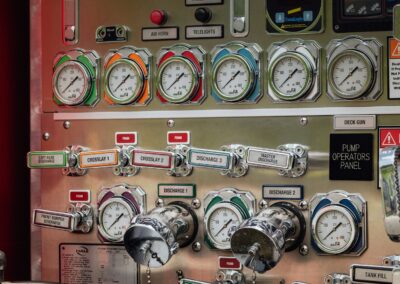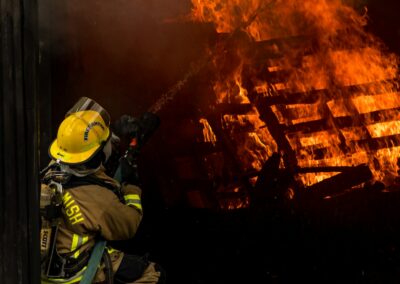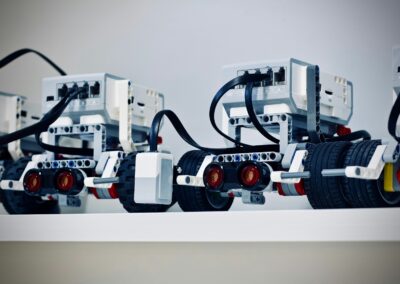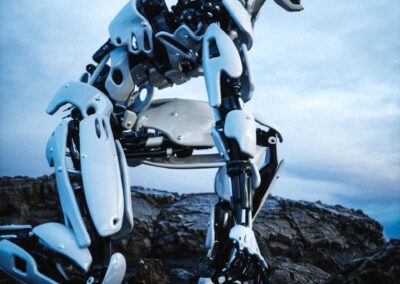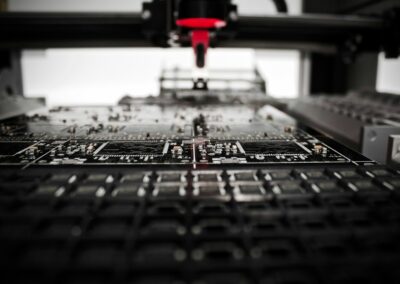Revolutionizing Firefighting with Advanced Robotics
The Role of Firefighting Robots in Modern Emergency Response
The use of firefighting robots in emergency response is revolutionizing how large-scale emergencies are managed. These advanced machines provide additional resources and support, complementing traditional firefighting methods to enhance overall efficiency and safety. In regions like Saudi Arabia and the UAE, cities such as Riyadh and Dubai are at the forefront of adopting these cutting-edge technologies, integrating them into their emergency response frameworks to protect lives and property more effectively.
Firefighting robots are designed to operate in environments that are too dangerous for human firefighters. Equipped with advanced sensors, cameras, and mobility features, these robots can navigate through smoke-filled buildings, high temperatures, and hazardous materials. They can perform various tasks, including extinguishing fires, conducting search and rescue operations, and providing real-time data to command centers. This capability not only improves the safety of firefighters but also increases the chances of successful rescue operations.
In Riyadh, the deployment of firefighting robots is part of a broader initiative to enhance the city’s disaster preparedness. These robots are integrated into the city’s emergency response units, working alongside human firefighters to tackle complex fire scenarios. Similarly, Dubai has embraced the use of firefighting robots, leveraging its status as a smart city to incorporate the latest technologies into its public safety strategies. By investing in firefighting robots, both cities are setting new benchmarks for emergency response and urban safety.
Technological Advancements Driving Firefighting Robots
The development and deployment of firefighting robots in emergency response are driven by significant advancements in modern technology. Innovations in artificial intelligence (AI), machine learning, and robotics have enabled the creation of sophisticated machines capable of performing complex tasks autonomously or under remote control. These technologies are crucial for enhancing the capabilities of firefighting robots and ensuring their effectiveness in real-world scenarios.
Artificial intelligence plays a pivotal role in the functionality of firefighting robots. AI algorithms enable these robots to analyze data from their sensors, make real-time decisions, and adapt to changing conditions during emergencies. For instance, AI allows robots to identify fire hotspots, assess structural integrity, and navigate through debris. This level of intelligence is essential for performing tasks that would be challenging or impossible for human firefighters.
Machine learning further enhances the capabilities of firefighting robots by enabling them to learn from past experiences and improve their performance over time. Through continuous data collection and analysis, these robots can refine their algorithms, becoming more efficient and effective with each deployment. In cities like Dubai, where innovation is a key focus, integrating machine learning into firefighting robots is part of a broader strategy to leverage technology for public safety.
Strategic Implementation and Leadership in Firefighting Robotics
Effective Integration into Emergency Response Frameworks
For the use of firefighting robots in emergency response to be successful, their integration into existing emergency response frameworks must be strategic and well-coordinated. In Saudi Arabia and the UAE, this involves close collaboration between government agencies, technology providers, and emergency services to ensure that these robots complement traditional firefighting methods and enhance overall response capabilities.
In Riyadh, the integration process includes comprehensive training programs for firefighters and emergency responders. These programs are designed to familiarize them with the operation and capabilities of firefighting robots, ensuring seamless collaboration during emergencies. Additionally, joint drills and simulations are conducted to test and refine the integration, allowing responders to develop effective strategies for utilizing these robots in real-world scenarios.
Dubai’s approach to integrating firefighting robots involves leveraging its advanced infrastructure and smart city initiatives. The city’s command and control centers are equipped with the latest technologies to monitor and coordinate emergency responses. Firefighting robots are integrated into these systems, providing real-time data and support to enhance decision-making processes. This holistic approach ensures that the deployment of firefighting robots is efficient and effective, maximizing their impact during emergencies.
Leadership and Management in Technological Adoption
The successful adoption of firefighting robots in emergency response requires strong leadership and effective management. Leaders in both the public and private sectors play a crucial role in championing these technologies, securing funding, and driving their implementation. In regions like Saudi Arabia and the UAE, visionary leadership is key to leveraging modern technology for public safety and setting new standards for emergency response.
In Riyadh, government officials and emergency service leaders are committed to fostering innovation and enhancing disaster preparedness. By investing in firefighting robots and other advanced technologies, they demonstrate a proactive approach to public safety. This commitment is reflected in their efforts to build partnerships with technology providers and research institutions, ensuring access to the latest innovations and best practices.
Dubai’s leadership in technological adoption is characterized by a forward-thinking mindset and a focus on continuous improvement. The city’s leaders understand the importance of staying ahead of the curve and are dedicated to exploring new technologies that can enhance public safety. By fostering a culture of innovation and collaboration, they ensure that firefighting robots and other advanced technologies are effectively integrated into the city’s emergency response strategies, making Dubai a global leader in smart city initiatives.
Conclusion: The Future of Firefighting Robots
The use of firefighting robots in emergency response represents a significant advancement in public safety and disaster preparedness. In regions like Saudi Arabia and the UAE, cities such as Riyadh and Dubai are leading the way in adopting these technologies to protect their residents and assets. By integrating firefighting robots into their emergency response frameworks, these cities are enhancing their capabilities and setting new benchmarks for urban safety.
For business executives, mid-level managers, and entrepreneurs, the principles underlying the adoption of firefighting robots can also be applied to various aspects of business management. Embracing innovation, investing in advanced technologies, and fostering a culture of continuous improvement are key to achieving long-term success and staying competitive in a rapidly changing world.
As technology continues to evolve, the potential for firefighting robots to enhance emergency response will only grow. By staying at the forefront of these developments and prioritizing strong leadership and effective management, Saudi Arabia, the UAE, and other leading regions can ensure that they are prepared to meet the challenges of the future and protect the safety and well-being of their communities.
—
#FirefightingRobots #EmergencyResponse #ModernTechnology #BusinessSuccess #LeadershipSkills #UAE #SaudiArabia #Dubai #Riyadh #AI #Blockchain #Metaverse #GenerativeAI

